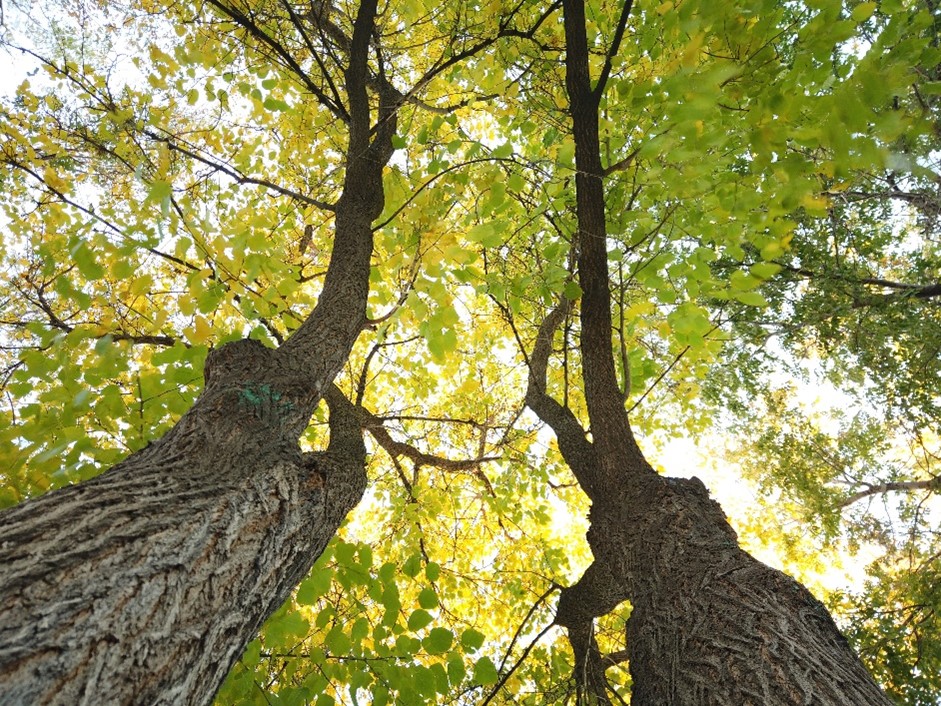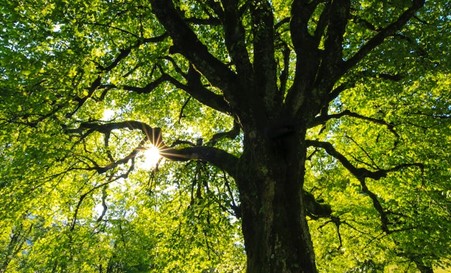
In an era of increasing environmental consciousness, more businesses are beginning to recognize the true value of sustainable practices. One such practice that has been gaining a lot of momentum is commercial reforestation. This proactive approach to environmental stewardship not only benefits the planet, but also yields a wide range of economic advantages for businesses. Heritage Reforestation Inc. reviews below the various ways in which commercial reforestation initiatives can act as a boon for businesses.
1. Job Creation
Commercial reforestation projects have the potential to generate significant employment opportunities. These initiatives require a diverse workforce, from forestry technicians to tree planters, providing jobs in rural and economically challenged areas. By investing in reforestation, businesses can contribute to local economic development and foster a sense of community and stability.
2. Carbon Credits and Emissions Reduction
Reforestation is a powerful tool in the fight against climate change. Trees act as natural carbon sinks, absorbing carbon dioxide and releasing oxygen. Businesses engaging in large-scale reforestation efforts can earn carbon credits, which can then be sold in carbon markets. This not only provides an additional revenue stream, but also positions the business as a leader in environmental responsibility.
3. Enhanced Property Values
Reforestation efforts can appreciably enhance the value of a business’s property or land holdings. Forested areas are often prized for their natural beauty, biodiversity, and recreational potential. Moreover, communities are increasingly valuing businesses that actively engage in environmentally sustainable practices. Investing in reforestation communicates a commitment to preserving green spaces, which can positively impact the perceived value of a business’s properties.
4. Timber and Wood Products
For businesses with an interest in the timber industry, reforestation is a strategic investment. Well-planned reforestation ensures a sustainable and renewable supply of timber, reducing reliance on more ecologically sensitive logging practices. It also allows businesses to produce high-quality wood products, catering to a market with a growing preference for sustainably sourced materials.
5. Brand Image and Corporate Social Responsibility
Participating in reforestation initiatives can significantly enhance a business’s brand image. It signals a commitment to environmental stewardship and demonstrates a sense of corporate social responsibility. Such initiatives resonate with the many consumers who favor eco-conscious brands. Additionally, having a positive reputation for sustainable practices can attract environmentally conscious investors, partners, and customers.

6. Biodiversity and Habitat PreservationReforestation projects contribute to the restoration of natural habitats and the protection of biodiversity. By planting a diverse array of native tree species, businesses support a range of flora and fauna that may have been displaced due to deforestation or habitat destruction. This not only fosters ecological resilience but also contributes to the overall health of local ecosystems.7. Regulatory Compliance and Risk MitigationIn many regions, businesses are subject to regulations that mandate certain levels of environmental stewardship. Engaging in reforestation initiatives not only helps businesses meet these regulatory requirements, but also reduces their exposure to potential legal and reputational risks associated with non-compliance. Proactively investing in sustainable practices safeguards against potential liabilities.ConclusionCommercial reforestation initiatives represent a win-win scenario for businesses and the environment. By proactively investing in reforestation efforts, businesses can enjoy a range of benefits, from job creation and enhanced property values to carbon credits and timber production. Moreover, these initiatives position businesses as responsible environmental stewards, which appeal to the growing consumer base that prioritizes sustainability. As businesses increasingly recognize the economic advantages of reforestation, the trend towards commercial-scale initiatives is likely to continue, benefiting both bottom lines and the whole planet.









